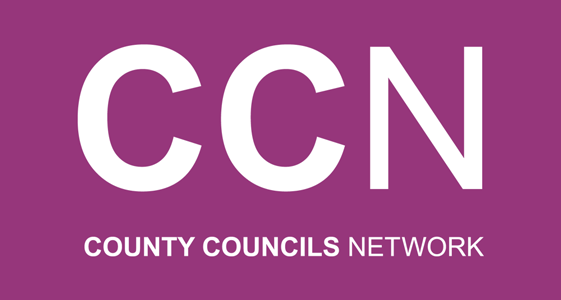
CCN Blogs | 15 January 2018

In recent weeks we have spent a lot of time with our clients in two-tier areas thinking about collaboration, even when we didn’t necessarily mean to. The c-word doesn’t often appear on the invitation to the meeting, or the client brief, or the agenda – but we end up there anyway. Looking back through the diary, here are some examples of conversations we’ve had with clients over the last few weeks that have a distinct similarity.
What does the industrial strategy mean to county areas? In part, it means having to work closely with partners and wider stakeholders to tell a story about place and grasp new opportunities, and in particular forge ever-closer partnerships with key stakeholders, such as the LEP.
Should we consider merging with neighbouring authorities or push for unitary models? Maybe, but do you need to? Are there other less disruptive forms of collaborative partnerships that would enable you to achieve your ambitions for people and place? Do you have a clear view of what you and your partner are trying to achieve together?
What are the real opportunities for shire areas from devolution? Some answers are starting to emerge, but we know that in many cases the collaborative effort required to develop place-based devolution proposals has resulted in new relationships and initiatives being established which have continued to flourish, even without a deal.
What kind of development programme do we need in place for our senior leaders? The concepts of place and system leadership have to be at the heart of this. It also needs to help them build a good network of the institutions and partnerships they will be working with in their aim to reform public services.
How do we get better at directing resources to priority outcomes for a place? There are a number of important processes to consider but this alone will not guarantee success. You need to focus on forging new relationships between your finance function and service leads, and work with third parties to collectively influence real-world outcomes. If you do this, you may not need to turn your existing budgeting process on its head.
So many different starting points to a conversation but just one destination – collaboration. Of course there is nothing startling about this. As humans, relationships and shared purpose are fundamental to achieving anything. But why do conversations with partnerships rarely start with the fundamentals of collaboration?
Spoiler: it is not because everyone is nailing it.
Why do we invest so much time and energy with initiatives that cut across places and organisations, but the fact that people don’t talk to each other is merely the elephant in the room? Why are so many of us still occasionally making the mistake of focusing on processes and structures, when a sustained investment in building purposeful relationships with partners could lay the foundations for much greater and more rapid success?
Almost all local leaders we speak to – County and District alike – absolutely get this and do their utmost to create fertile ground for collaboration with partners, the public and others. But even for the true believers this can be a herculean struggle. The pressure of maintaining high-quality services, combined with the reality of greater financial constraints and the nature of local and national politics, makes building a shared momentum with those outside of your organisation difficult and, at worst, seem frivolous.
We are still early enough in the new year to be talking about resolutions – so here’s one from me. I will try to ensure that, where necessary, my conversations with local partnerships begin with the fundamentals of collaboration, and only move onto more esoteric areas when they are ready.
Guy Clifton
Head of Local Government Advisory
Grant Thornton UK LLP
© 2024 County Councils Network | Credits | Site map | Cookies | Privacy Policy.